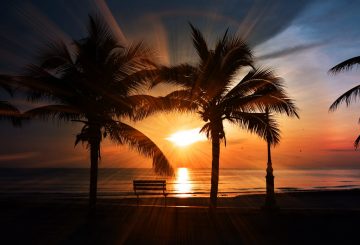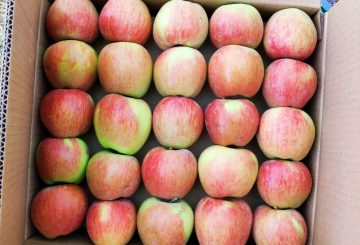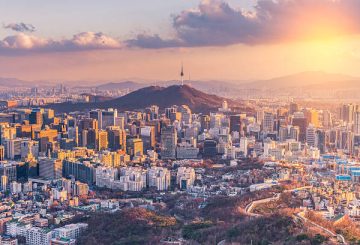아시아 뉴질랜드 재단 (Asia New Zealand Foundation) 의 최근 설문조사에 따르면 뉴질랜드인들이 아시아를 생각할 때 가장 먼저 떠오르는 국가는 중국이며 음식과 밀접한 관련이 있는 것으로 나타났습니다.그러나 37% 는 중국이 위협적이라고 답했고 30% 는 우호적이라고 생각하는 등 중국에 대한 감정은 엇갈리고 있습니다.
“아시아와 아시아 민족에 대한 뉴질랜드인의 인식”이라는 제목의 이 설문조사에는 15세 이상의 참가자 2,323명이 참여했습니다.뉴질랜드에 대한 아시아의 중요성, 아시아의 정치, 안보, 경제, 여행, 음식, 엔터테인먼트와 관련된 일반 지식 등 다양한 주제를 다루었습니다.
주요 결과:
- 뉴질랜드인의 80% 는 아시아와의 정치적, 경제적, 사회적 유대를 강화하는 것이 중요하다고 생각합니다.
- 90% 는 뉴질랜드가 아시아와의 파트너십 구축에 투자하는 것이 중요하다고 생각합니다.
- 75% 는 무역을 통한 뉴질랜드와 아시아의 관계 강화를 지지하고 71% 는 아시아 국가와의 정부 교류를 지지합니다.
- 참가자의 87% 가 아시아 음식을 좋아한다고 답했습니다.
- 78% 는 여행 목적지로 아시아를 선호합니다.
- 59% 는 아시아 음악, 예술, 문학에 관심을 보입니다.
안보 측면에서는 63% 가 동아시아에서의 잠재적 군사적 충돌에 대해 우려를 표명했다.향후 수십 년간 아시아가 뉴질랜드에 미칠 영향에 대해서는 전반적으로 긍정적인 전망이 있지만, 아시아의 정치 및 안보 상황이 뉴질랜드에 영향을 미칠 것이라는 우려도 있습니다.
우호성 측면에서는 일본, 싱가포르, 한국, 필리핀 등의 국가가 높은 순위를 차지했습니다.파키스탄, 베트남, 인도네시아 등의 국가에 대한 감정이 2021년 이후 개선되었습니다.뉴질랜드인의 49% 가 인도를 우호적이라고 생각하는 반면, 러시아와 북한은 심각한 위협으로 여겨지고 있습니다.
참가자 중 절반이 아시아에 대해 잘 이해하고 있다고 답했는데, 이는 2013년의 33% 에서 증가한 수치입니다.그러나 아시아에 대한 언론 보도에 대한 견해가 엇갈렸습니다. 너무 많다고 느끼는 사람도 있고 너무 적다는 의견도 있고 균형이 잡혀 있다고 생각하는 사람도 있었습니다.
1994년에 설립된 아시아 뉴질랜드 재단은 뉴질랜드 사람들이 아시아에 대한 이해와 유대감을 키울 수 있도록 돕는 것을 목표로
합니다.






























































